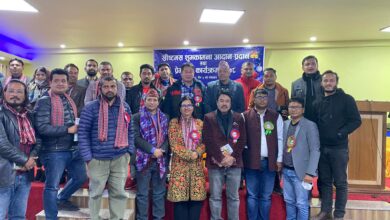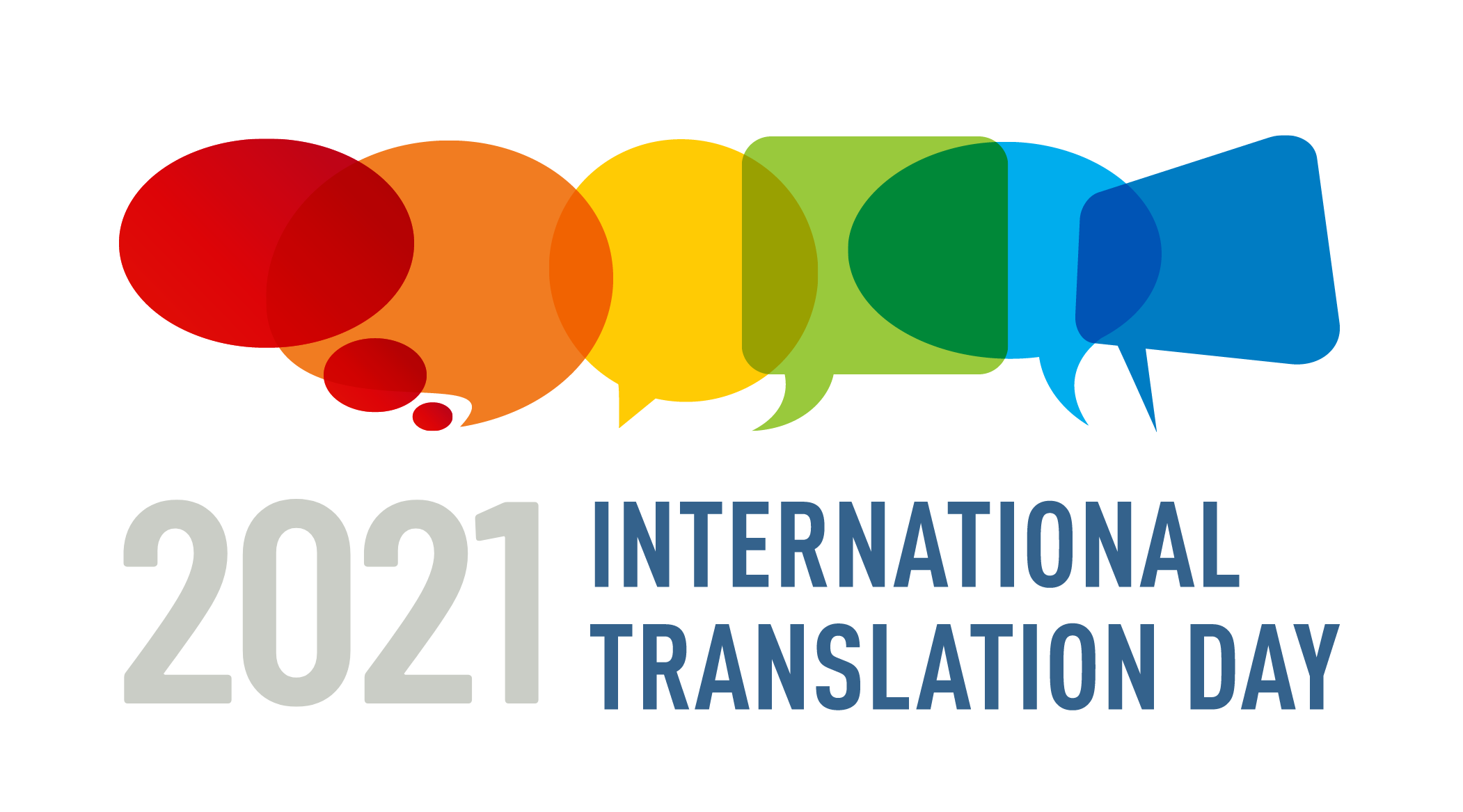Human-rights violators now fighting exposure at U.N.
October 11-
Representatives of nations notorious for their violations of human rights joined forces to try to block the presentation of evidence at the United Nations, according to the American Center for Law and Justice.
The ACLJ, which works through its European Center for Law and Justice affiliate at the U.N., recently was arguing for human rights before the U.N. Human Rights Council when it witnessed “a rogue gallery of nations notorious for human rights abuses joining forces seemingly to obscure the truth from being exposed.”
The ACLJ was there on behalf of a Christian pastor and U.S. permanent resident, John Cao, who is imprisoned in China because of his faith.
“What we witnessed while in Geneva was a rogue gallery of nations notorious for human rights abuses joining forces seemingly to obscure the truth from being exposed,” the ACLJ said.
They saw U.N. Special Rapporteur and former U.S. Congressman Thomas Andrews addressed the UNHRC to highlight reported atrocities committed against villagers by authorities in Burma, which officially is known as Myanmar.
Burma “made no protest over these accusations,” the ACLJ said.
“Strangely, it was only when Thomas showed an image of a seemingly innocuous campaign poster simply featuring the image of a candidate with their face obscured that Myanmar voiced its object,” the organization said.
Burma filed a point of order, asking that images be approved in advance, which they had been.
Then the Burma representative challenged the U.N. “not to misuse the council to instigate hatred toward a member state.”
“This from a country with a history of human rights violations so egregious that the United Nations ordered a fact-finding mission which it appears yielded no proof of a harmonious environment, but did in fact produce sufficient evidence for the U.N. to then call for an investigation of crimes against humanity and genocide,” the ACLJ said.
Venezuela immediately “piled on.”
It voiced “its own objections to the use of images during presentations by Special Rapporteurs. Venezuela, it should be noted, is also a country notorious for its complete disregard for human rights or lives,” the ACLJ said.
For example, last year the State Department cited Venezuela’s “significant human rights issues,” including “unlawful or arbitrary killings.” There also were “forced disappearances” and “torture.”
When Thomas displayed a map, Venezuela again protested, the ACLJ said.
Then China, notorious for its human rights abuses, joined the debate, along with Belarus and Cuba.
“The real question is, what are these U.N. member states so nervous about that they don’t even want simple, seemingly harmless pictures to be included in presentations? What are they worried could be revealed before the eyes of the world? It would certainly seem that a nation that is honoring and abiding by its U.N. charter to protect and preserve civil and religious liberties and human rights would not object to simple campaign posters and maps,” the ACLJ said.
It’s “the very idea of allowing any images at all.”
But the ACLJ said its pursuit of the truth will continue.
“In Myanmar today, Christians and other religious minorities face hostile and deadly violence, as well as discrimination. Myanmar needs to correct the continuing violation of human rights perpetrated by its army,” the report said.
The ACLJ said it reminded the U.N. of Cao’s plight and said that if countries such as Burma “have reason to be nervous about pictures, then the U.N. has reason to investigate and hold them accountable for their violations.”
Courtesy: WND News


